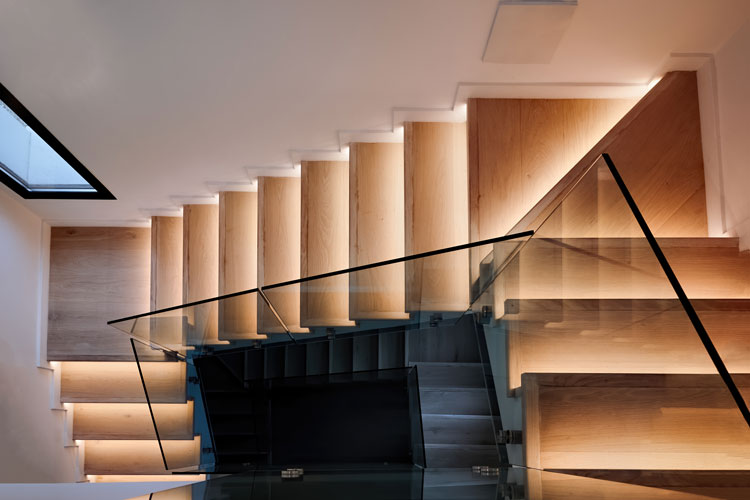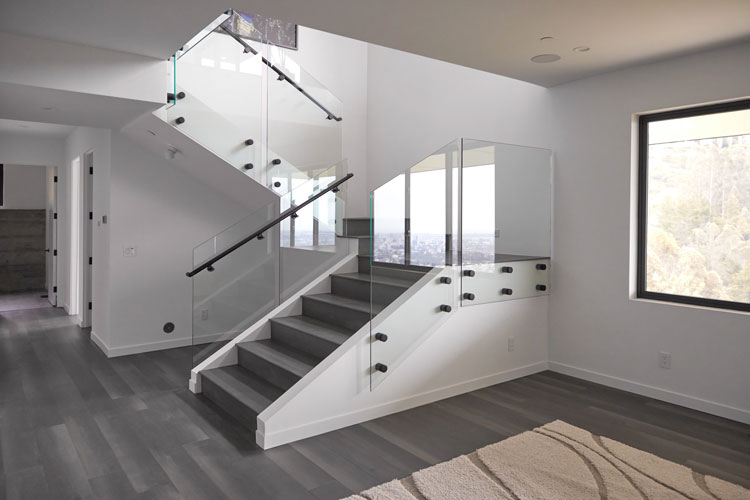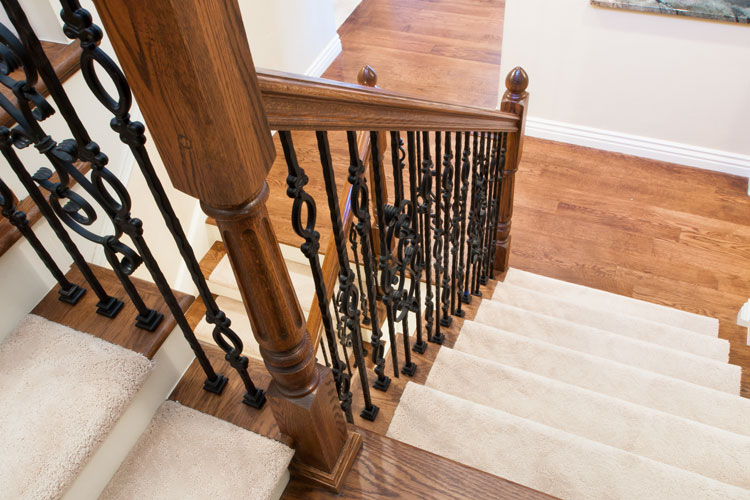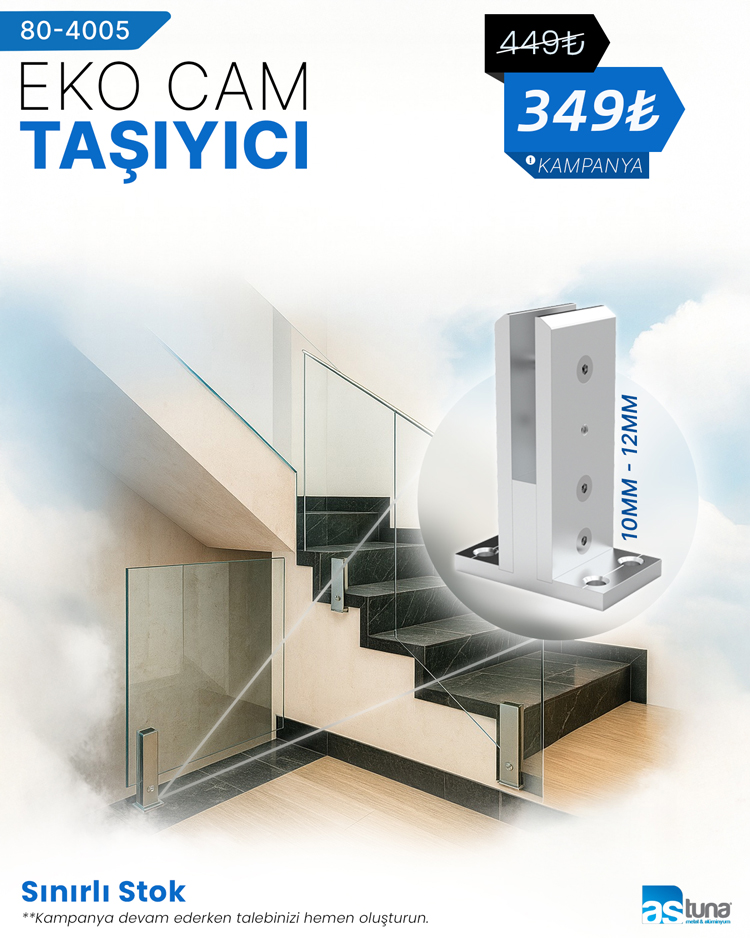STAIR RAILING SYSTEMS, PRICE
- HOME
- STAIR RAILING SYSTEMS
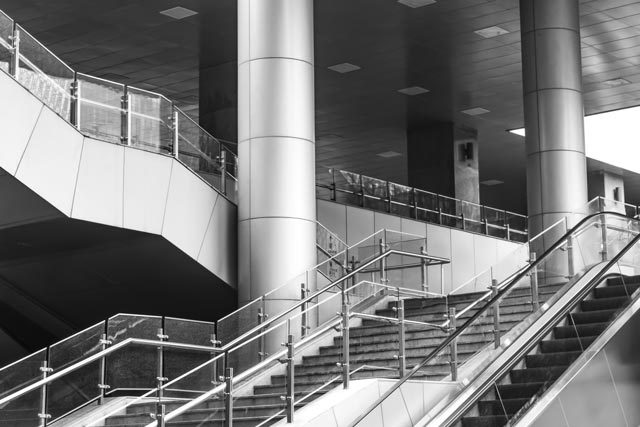
STAIR RAILING
Stair railing, also known as stairway railing or balustrade, is a structural element used to provide safety, support, and guidance for users on a staircase. Mounted on both sides of the staircase, stair railing typically serves as a hand support and acts as a barrier to prevent falls.
THE PRIMARY FUNCTIONS OF STAIR RAILINGS
Ensuring Safety: Stair railing ensures the safe movement of users up or down the stairs, especially on elevated or sloped areas, preventing falls.
Providing Support: Stair railing offers support to users, assisting them in maintaining balance while using the stairs. This is particularly important for elderly individuals and those with mobility limitations.
Guidance and Direction: Railing serves as a guide along the path of the stairs, directing users on whether to ascend or descend.
Aesthetic Contribution: Stair railings can contribute aesthetically to the overall design of the staircase. Different materials, colors, and designs can provide a unique look to the space.
Stair railings can be constructed from materials such as wood, metal, glass, or composite materials. It is crucial for them to be designed and installed in compliance with construction standards and local regulations. This ensures safe usage and optimizes the overall performance of the staircase.
HOW TO MAKE STAIR RAILING?
The construction of stair railing is a carefully planned and executed process. Below are general steps, but keep in mind that each project may have specific requirements and must comply with local building regulations.
Design and Planning: The first step is to determine how the stair railing will look and to choose the materials. The design and measurements of the project are established during this phase.
Material Selection: Materials for the stair railing are chosen. Various options such as wood, metal, glass, or composite materials may be considered.
Measurement: Accurate measurements are taken of the area where the railing will be installed along the staircase.
Material Cutting: The chosen materials are cut to fit the design. Careful cutting is especially important for materials like wood and metal.
Drilling and Mounting Preparation: Holes are drilled at the points where the railing will be mounted, and preparations for mounting are made.
Assembly: The prepared materials are assembled, fitting into the pre-drilled holes and mounting points. It is crucial to ensure that the materials are securely and safely placed.
Finish and Cleaning: After assembly, the correct placement of the railing is checked. If necessary, the railing can be finished or polished, and a cleaning process can be performed.
Testing and Adjustments: After the railing is installed, it is tested by users, and any necessary adjustments are made.
These steps should be considered as a general guide. However, variations may occur depending on the type of structure, materials used, and local regulations. Seeking professional assistance and adhering to local construction codes is always important.

